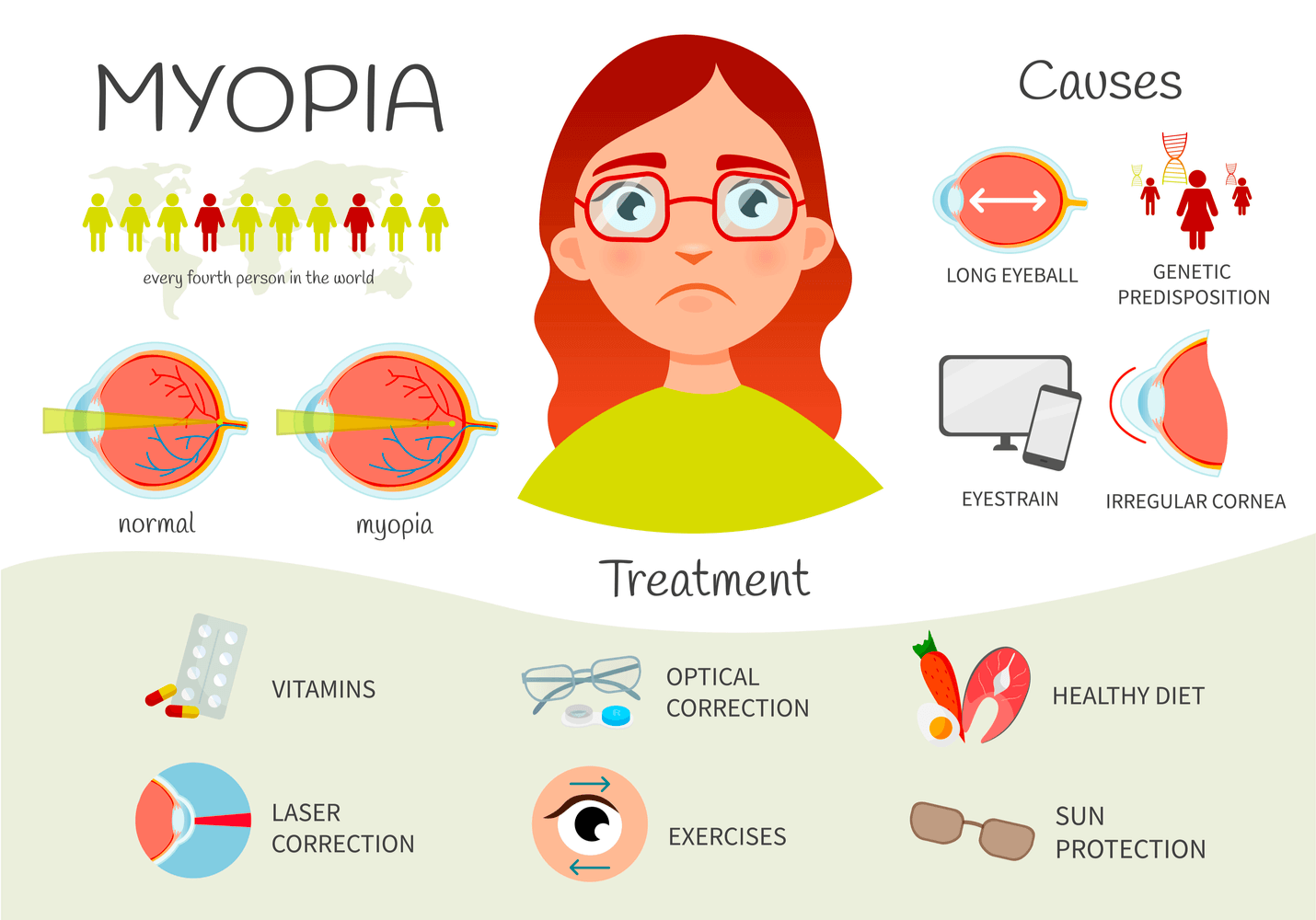
How important is it?
Now research shows that mental health problems often start in early childhood. Mental disorders include a variety of disorders such as depression, anxiety, phobias, substance abuse, schizophrenia, and developmental disorders such as disruptive behavior, autism, intellectual disability and dementia. Approximately 10 per cent of the adult population of the world will report some type of mental or behavioural disorder at any point in time. In 2003,7% of Canada’s adult population was diagnosed with mental illness, accounting for nearly 1.9 million people, 6% , or 1.6 million, suffering from undiagnosed mental illness.
The economic impact is enormous. In a 2002 report, Health Canada estimated the direct costs associated with using public health services at US $4.7 billion in 1998, indirect costs relate to $3.2 billion in lost productivity or premature deaths due to long-term or short-term absenteeism. These staggering figures are not unique to Canada: five of the top 10 leading causes of disability worldwide are mental disorders: unipolar depression, alcohol use disorders, bipolar disorder, schizophrenia and obsessive compulsive disorder.
What do we know?
Although many mental health problems were once considered “Adult”diseases, they usually begin in childhood and adolescence. Over the past decade, diagnostic tools have been improved to identify mental disorders in young children. Depending on your child’s age and brain development, some diseases may manifest differently early in life. Depression and anxiety can be detected in childhood, and symptoms of these conditions tend to increase during the first five years of life. Disruptive behaviour problems are another example of mental disorders in children. Depending on the child’s age, these may include aggression, disapproval and contempt, infraction, theft and vandalism. As children grow older, they learn socially acceptable behaviors by interacting with their environment. A state of “Disease”occurs when children use destructive behavior significantly more often than their age group over a long period of time.
Genetic and environmental factors
It is widely believed that complex diseases such as mental illness are based on the interplay of numerous genetic and environmental factors. On the one hand, genes influence complex behavior by influencing the development and function of the basic building blocks of the nervous system. For example, attention deficit hyperactivity disorder (ADHD) seems to be one of the most common inherited psychiatric disorders in childhood. A recent study found that controlling deficits is a cognitive marker of shared genetic risk between parents and their children, and that parents’inhibitory control significantly predicts children’s ability to do so. On the other hand, parental interaction in early life has become the foundation of a child’s social and emotional development. There is compelling evidence that childhood traumatic abuse, neglect or parental loss are major risk factors for the development of mood and anxiety disorders. In contrast, supportive, attentive and sensitive adult care plays an important role in protecting children from the potentially harmful effects of stressors.
Prenatal period is also important, maternal behavior can affect the development of the fetus. Maternal prenatal smoking was associated with an increased risk of ADHD, adversarial behavior, behavioral disorders, and substance abuse outcomes in adolescents. Fetal alcohol spectrum disorder, a permanent birth defect caused by drinking during pregnancy, is the leading cause of intellectual disability in the Western world. Prenatal exposure to alcohol is also associated with developmental delays and behavioral problems. Psychosocial stress during pregnancy is associated with an increased risk of ADHD, schizophrenia, and social disorders.
Epigenetic effect
A growing body of research suggests that environmental factors influence development not only through psychosocial mechanisms, but also through Epigenetics. Epigenetics refers to the mechanism by which genes can be altered without changing their function. Epigenetic effects are well known in cancer research and have recently been shown to play important roles in obesity and behavioral regulation. 6 studies in rats have shown that young rats that were licked inadequately by their mothers (that is, ignored) have chemically altered gene expression, affecting their ability to regulate stress. Subsequent research suggests that parental care may affect human stress regulation for the better.
Diet may also influence gene expression. Evidence from two large independent population samples from the Netherlands and China suggests that in utero nutritional deficiencies are associated with an increased risk of schizophrenia in adulthood. There is abundant evidence for the role of epigenetic changes. Folic acid levels during early development are particularly likely to play a key role in the risk of major mental illnesses.
What can be done?
Researchers can now use tools to address more complex and real-world questions about the development of psychosis in young children. Some Canadian studies use data from the National Longitudinal Survey of children and adolescents (NLSCY) and the Richmond Longitudinal Study of child development (QLSCD) to describe for the first time the development of mental health problems in early childhood. For example, a study of children ages 2 to 11 found that those with very high trajectories of physical aggression were more likely to be boys from low-income families, mothers did not complete high school and reported hostile or ineffective parenting strategies. Another study, which looked at the early development of ADHD symptoms in children aged 2 to 7, found that prenatal smoking, childhood male, maternal depression and hostility to parents were early predictors of high levels of hyperactivity. This knowledge can be used to better target prevention and intervention efforts. For example, Sylvanac ôté and her colleagues have shown that children of poorly educated mothers who have been in day care for nine months are less likely to experience physical aggression in early childhood.
Given the growing evidence of the importance of prenatal and early childhood environments, early intervention must begin as soon as possible. Compared with the start of many “Prevention”programs, the riskdisorders society has matured in the early years of life. Most experimental intervention studies focus on adolescents or pre-adolescents, in part because adolescents cause more social disruption than primary school students or toddlers. However, all early risk factors for destructive behaviour suggest that early intervention should be as close to conception as possible and continue to support families and children when needed. Indeed, in his 2008 report, Canada’s chief public health officer said that “Investing in families with poor children and early childhood development programs”should be a priority area for addressing physical and mental health issues.













